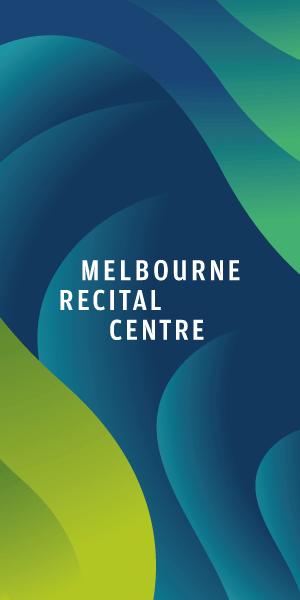Vertical village “Strata Hub”
The NSW Government is introducing “Strata Hub” which aims to consolidate core information about strata schemes – but who will it really benefit?
Information, and its management, is well-recognised as a vital organisational resource, essential for informed decision making. And it is now widely accepted that an organisation’s performance is strongly linked to how well it captures, stores, analyses and utilises its information assets.
However, as a sector, residential strata is not known for its information management prowess.
Indeed, even the management of documents (records) is widely regarded as deficient.
Owners, for instance, often bemoan the availability of their building’s records and point to the difficulties of inspecting these (especially if they are not digital). Owners’ corporation (OC) committees meanwhile criticise the availability of government records (especially those developer agreements negotiated decades past), the details of which can be spread across a myriad of ever-changing government agencies. Residents are cited as having concerns about knowing key contact-points, such as their building manager or emergency connections.
And all these concerns have also been attributed to prospective purchasers, who, according to the NSW Government, believe that finding information on strata schemes is “just too difficult”.
It is these information deficiencies in strata schemes that are claimed as the impetus for the NSW’s Governments new regulation – Strata Schemes Management Amendment (Information) Regulation 2021. This requires all strata schemes to annually submit key information about their building to NSW Fair Trading, and it will then form part of the government’s Strata Hub.
There is, however, another reason for this new system. It goes to the realisation of the NSW Government that it had little information about, and no reliable way of communicating with, strata schemes – a point emphasised during the pandemic.
Hence, the introduction of a new annual reporting requirement for all NSW strata schemes which will come into force on June 30, 2022. Significantly, there is both a fee to submit ($3 per lot) and a fine if you don’t. There are also obligations to correct or update information within 28 days. Again, fines apply.
So, what is being required and who can access this information?
With regard to what is required, much of this is straightforward, such as the strata plan number, date of registration, address, number of lots, etc. Interestingly, if your building has a NABERS rating, this must be provided, which may mark the beginning of this scheme becoming mandatory. There are also requirements for proof of certification (e.g., insurance).
But what has caused a few ruffled feathers is the requirement for the full name, telephone number and email address of the secretary, chair, strata manager and emergency contact person. This issue was recently raised by Jimmy Thomson in his Australian Financial Review column, where he speculated that this requirement could cause “a mass exodus of office-bearers.” The rationale given is that strata committee chairs and secretaries likely won’t want to be too contactable by the general public.
This now goes to who can access this information on Strata Hub, as it has been stated that not all will be publicly available.
Starting with the information custodian, NSW Fair Trading, it is understood it will grant access to other regulatory authorities for compliance purposes. Also, emergency services, such as the NSW police, the ambulance service and NSW’s State Emergency Service will likely be able to view particular details.
Managing agents, owners, residents and members of the public will be able to access some information on Strata Hub but not, it is believed, the personal contact details of the secretary and chair. Stay tuned to what level of access will ultimately be made available!
As regards what this might mean for our vertical villages, currently there appears little appetite within the Victorian State Government to follow NSW’s lead. However, now that Pandora’s Box (otherwise known as Strata Hub) will soon open, we may find that the interest of our Victorian regulatory bodies has been piqued.
Our hope, then, is that they do not slavishly follow NSW. But take the opportunity to consider how such a system, rather than being a reporting burden, could assist OCs with their information challenges •

City of Melbourne unveils next urban forest plan for the CBD





 Download the Latest Edition
Download the Latest Edition